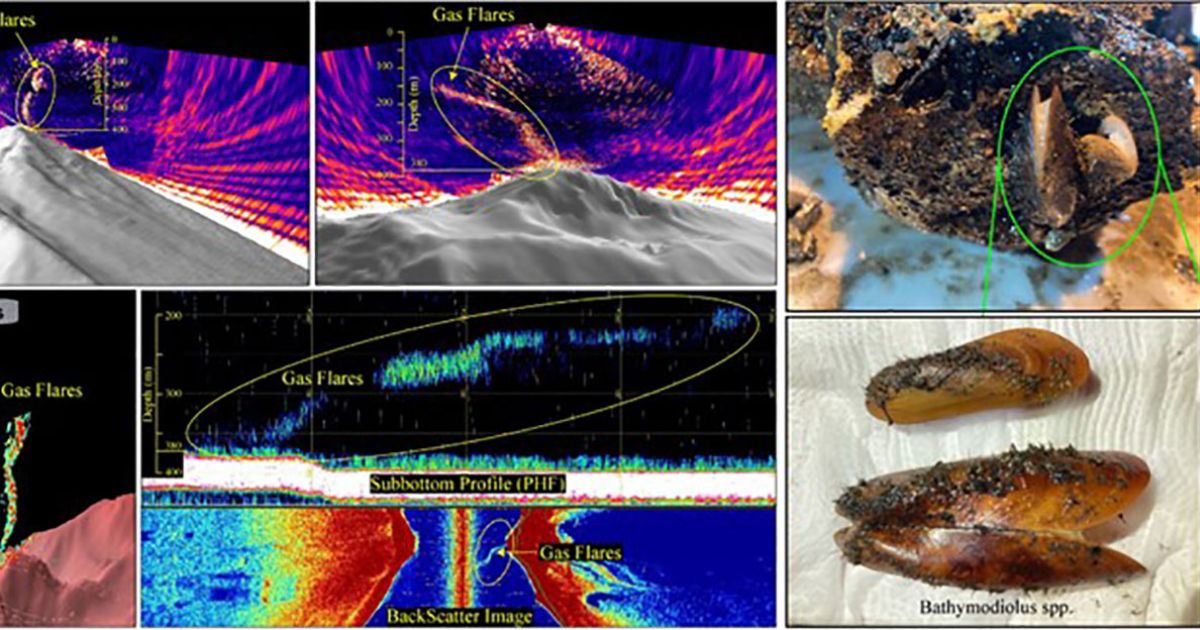In a groundbreaking scientific endeavor, the CSIR-National Institute of Oceanography (Council of Scientific & Industrial Research-NIO), Goa, has made remarkable discoveries that shed light on the enigmatic Nicobar Submarine Volcanic Arc.
This underexplored region in the Andaman Sea has piqued the curiosity of scientists for years, particularly after the devastating 2004 tsunami-causing earthquake and the subsequent increase in earthquake swarms in the area over the past two decades.
In November 2007, a team of scientists from CSIR-NIO embarked on a high-resolution multibeam echo-sounding (MBES) survey over the earthquake swarm region. Their pioneering efforts unveiled the presence of well-developed twin submarine volcanoes, marking a significant milestone in our understanding of the area. Subsequently, in 2014, CSIR-NIO scientists carried out an Ocean Bottom Seismometer (OBS) survey spanning four months, aimed at monitoring the volcanic arc. During this period, they detected earthquake swarms characterized by low-frequency and distinct hydro-acoustic phases, indicating the presence of sub-surface tectonic and magmatic influences that were associated with a shallow magma chamber.
Building upon this research, two pioneering expeditions were undertaken onboard the RV Sindhu Sadhana in 2018 and 2021. Their primary goals were to investigate the volcanic arc using high-resolution multibeam echo-sounding (MBES) surveys and water column imaging (WCI) and to explore the geological significance of gas flares observed on the Cratered Seamount. The 2018 expedition marked a pivotal moment in our understanding of the Nicobar volcanic arc. Cutting-edge technology revealed the presence of two gas flares on the outer flanks of the Cratered Seamount. The first, on the southeast flank, originated at a depth of 710 meters and reached heights of approximately 225 meters from the ocean surface. Similarly, the second flare on the northwest flank, originating at a depth of 400 meters, ascended to heights ranging from 150 to 100 meters. These gas flares provided compelling evidence of active volcanism in the region, prompting further investigations into its geophysical processes.
The 2021 expedition confirmed ongoing volcanic activity in the Nicobar submarine volcanic arc and made unexpected discoveries. The team aimed to remap a gas flare on the northwest flank and find anomalies. Surprisingly, they found a new gas flare to the south, originating at 380 meters depth and reaching 150 meters high. This discovery suggests varying venting activities at different seamount locations. They also found live Bathymodiolus spp. specimens in rock samples, indicating unique marine habitats a chemosynthetic species typically associated with methane seeps and hydrothermal vent sites influenced by volcanic activity. This research enhances our understanding of the region's geophysical processes, highlights the need to protect these fragile marine ecosystems, and encourages further exploration and study.



